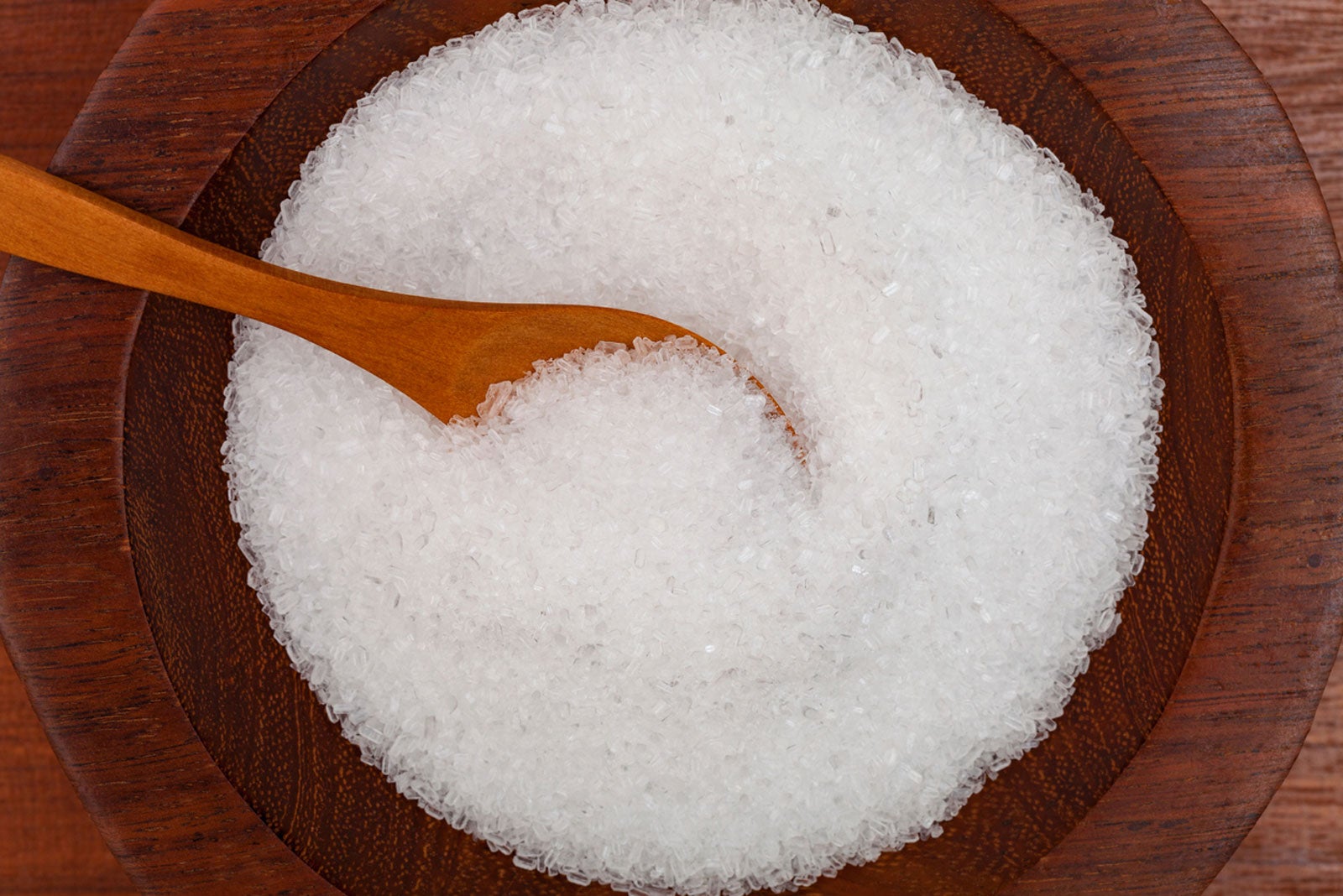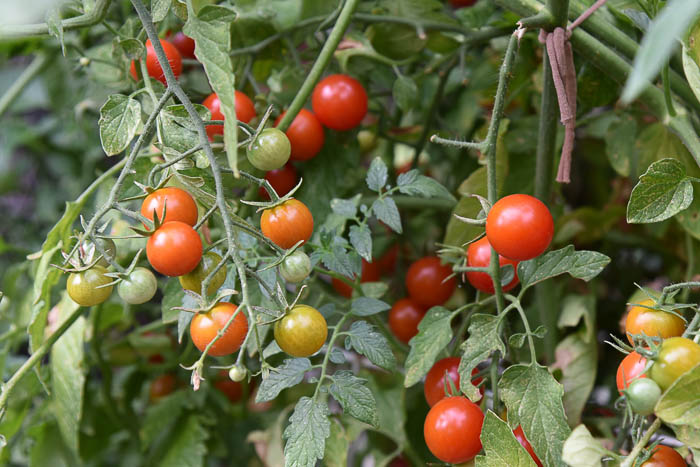Garden Mistakes: What Plants Don't Like Epsom Salt and Exactly How to Stay clear of Them
Garden Mistakes: What Plants Don't Like Epsom Salt and Exactly How to Stay clear of Them
Blog Article
Discover the Particular Plants That Are Detrimentally Affected by Epsom Salt Application
Epsom salt, a prominent house treatment for different horticulture troubles, is typically praised for its valuable results on plant development. Understanding the certain plants that can be detrimentally influenced by Epsom salt is essential for any type of gardener looking to enhance their plant treatment regimen.
Roses

Roses, especially sensitive to changes in their setting, can be adversely impacted by the application of Epsom salt. While Epsom salt is typically used as a fertilizer to advertise plant development and boost blooming, roses are one of the plants that do not respond well to its application. The high magnesium material in Epsom salt can hinder the uptake of other necessary nutrients by the rose plants, leading to shortages that show up as yellowing fallen leaves or stunted growth.

Tomatoes
While Epsom salt is commonly promoted as a remedy for various plant problems, including bloom end rot in tomatoes, its application can lead to harmful results if not used sensibly. Extreme Epsom salt, which is magnesium sulfate, can disrupt the fragile nutrient balance required by tomatoes, possibly leading to deficiencies in other crucial nutrients like calcium. When considering the use of Epsom salt on tomatoes, it is critical to stick to advised application prices and soil screening to prevent unexpected repercussions on the general wellness and performance of these cherished garden plants.
Peppers
Peppers, prized for their various shades and degrees of spiciness, can demonstrate susceptibility to unfavorable effects from Epsom salt when not used with care and consideration for their particular nutritional needs. what plants don't like epsom salt. Peppers, coming from the Solanaceae household, need a delicate equilibrium of nutrients to flourish. While Epsom salt is known to increase magnesium degrees in plants, excessive application can interrupt this equilibrium, leading to negative effects on pepper plants
When peppers are subjected to high degrees of magnesium from Epsom salt, it can disrupt the plant's capacity to take in various other crucial nutrients like calcium and potassium. This discrepancy might manifest in signs such as fallen leave staining, stunted growth, and reduced fruit manufacturing. Furthermore, the extreme magnesium can modify the soil pH, more worsening nutrient uptake problems for peppers.

Rhododendrons
Offered the level of sensitivity of particular plant species to imbalances see page brought on by Epsom salt, it is necessary to think about the impact on Rhododendrons, which additionally require particular nutrient degrees to flourish. Rhododendrons are acid-loving plants that like acidic dirt conditions with a pH variety between 4.5 and 6.0. Epsom salt, chemically called magnesium sulfate, can alter the dirt pH and interfere with the fragile equilibrium of nutrients vital for Rhododendron wellness.

To keep the ideal development and health and wellness of Rhododendrons, it is essential to avoid the unplanned use Epsom salt and instead concentrate on supplying the specific acidic dirt problems and nutrients that these plants need for growing.
Azaleas
Azaleas, known for their lively flowers and broad range of colors, are decorative bushes that belong to the Rhododendron category. These preferred blooming plants are frequently located in landscapes, gardens, and parks as a result of their charm and versatility. Azaleas are sensitive to adjustments in dirt pH levels, which can significantly impact their growth and overall health and wellness. While Epsom salt is frequently made use of as a treatment for this link magnesium deficiency in plants, its application to azaleas can have negative impacts.
Azaleas prefer somewhat acidic soil conditions, and an extra of magnesium from Epsom salt can disrupt this equilibrium, leading to nutrient discrepancies and possible toxicity problems. The wrong application of Epsom salt can result in stunted growth, yellowing of fallen leaves, and general decline in the health and wellness of azaleas.
Final Thought
To conclude, it is essential to be mindful of the certain plants that can be adversely impacted by the application of Epsom salt. Roses, tomatoes, rhododendrons, azaleas, and peppers are some instances of plants that might not gain from Epsom salt and can also experience damage. It is crucial to research study and comprehend the requirements of each plant varieties prior to utilizing Epsom salt as a fertilizer to ensure their health and wellness and wellness.
Understanding the specific plants that can be negatively impacted by Epsom salt is crucial for any type of gardener looking to optimize their plant care regimen. While Epsom salt is frequently made use of as a fertilizer to promote plant development and improve blooming, roses are one of the plants that do not respond well to its application.Too much usage of Epsom salt can also result in a build-up of salts in the dirt, leading to root damage and dehydration of the rose plants. While Epsom salt visit site is understood to improve magnesium degrees in plants, too much application can disrupt this equilibrium, leading to adverse results on pepper plants.
The high salt web content in Epsom salt can additionally dry out Rhododendron roots, triggering further anxiety and damage to the plant. (what plants don't like epsom salt)
Report this page